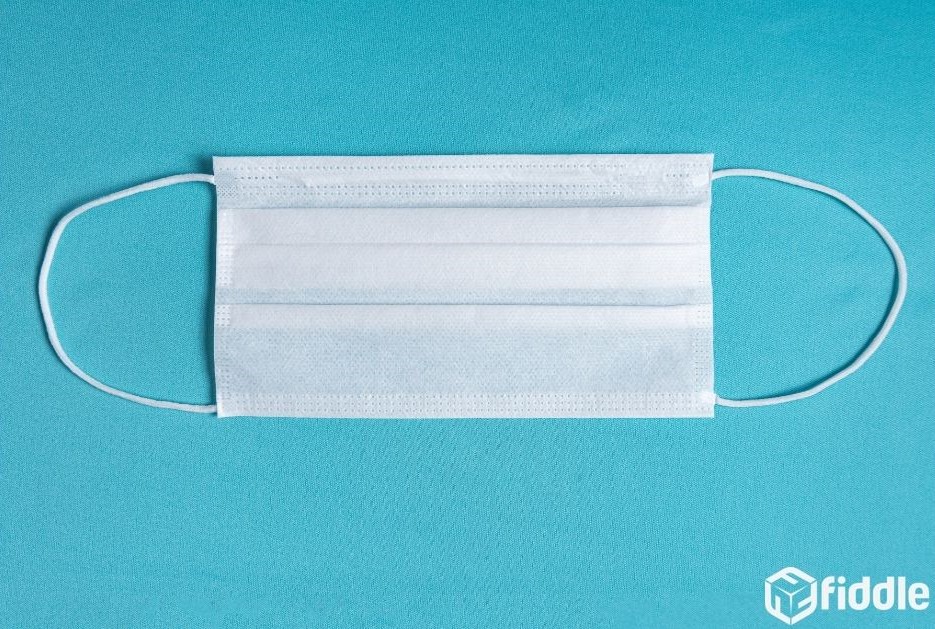To maximize your profits, you must know exactly when and how much to order from your suppliers and co-packers. A seamless supply chain ensures that you have the materials you need to continue making and selling your products.
There can be a fine line between ordering too much and too little — or too soon versus too late. Different orders need to be aligned so that you’ll have all the materials required to complete a manufacturing order. And once you have those materials, you must begin production at the right time to minimize wastage.
Juggling all these factors can be a challenge. To identify when you should place your next orders with your vendors and for manufacturing, you can use a simple formula to determine your reorder point.
This is, appropriately enough, called the reorder point formula. Read on to learn how to protect your profit margin and maintain your inventory levels by knowing your reorder points.
How to Balance Inventory with Materials
There are three main considerations for any business’s manufacturing needs:
How much inventory can we afford to hold at one time?
Wherever your inventory of finished products is kept, you likely pay storage fees. These may be per item (e.g. $3 per unit stored), by space required (e.g. 75 cents per cubic foot), or as a percentage of the item’s price (e.g. 15%).
Note that storage fees may vary based on the season, product category, and any risk of storage (e.g. for flammable items). For example, the holiday season tends to have a higher cost for storage because consumption is high this time of year, therefore storage space is both limited and in demand. You don’t want to have a lot of inventory taking up space if it doesn’t sell during that season.
What’s the best time to place an order with your co-packer or supplier?
You need to avoid costly surpluses that eat into your profit margin. However, you’ll also want to ensure you can sufficiently replenish your inventory to avoid stock-outs. Running out of an in-demand product hurts both your reputation and your revenue.
Therefore, you should start your next order with enough time for the finished products to replenish your stock, but not so early that you need to store extra inventory that doesn’t move in time.
How much material do we need to order, and when must we place the order to ensure it arrives on time?
You’re likely ordering materials from multiple vendors. If all but one crucial ingredient arrive in time, your manufacturing process will be delayed. To keep your products in stock, you must coordinate these timelines and allow enough time for you to get finished projects to market.
The Reorder Point formula requires you to identify those lead times, so you can determine how many products you must keep in stock as you replenish your supplies.
What is the Reorder Point Formula?
The Reorder Point (ROP) formula is a simple way to manage your inventory and minimize both stock-outs and surplus. To determine when you should replenish materials and subsequently place a new manufacturing order, follow this formula:
Reorder Point (ROP) = Demand during lead time + safety stock
Your lead time is the number of days it takes for materials to arrive from your vendor to your manufacturing facility OR from your manufacturing facility to your warehouse.
Demand during lead time is the number of products you sell during that gap between placing an order and receiving the goods.
To calculate this, multiply the lead time (in days) by your average daily sales. Be sure to account for seasonal fluctuations both on the supply and consumer sides.
Obviously, you can only predict sales to a certain extent. There may be times when demand suddenly surges, due to current events, a successful marketing campaign, etc. Your safety stock is the amount of inventory you keep on hand to accommodate these swings.
P.S. Reorder Points are one of many inventory management best practices we cover in this free resource: The Ultimate Guide to Inventory Management For CPG Brands
Here’s a quick formula to calculate this:
Safety stock level = (Max daily orders x max lead time) – (average daily orders x average lead time)
The max should represent your best day of sales because that indicates the highest demand. Remember that lead time should be entered as a number of days.
Once you have calculated both demand during lead time and your safety stock level, you have two numbers that represent a number of products. Add them together. This is your reorder point, i.e. the minimum number you should keep in stock. Once you drop below your ROP, it’s time to order new materials and manufacturing.
Applying the Reorder Points Formula
The ROP formula is a helpful number to ensure your business can maintain a seamless flow down the supply chain to your customers. Keep in mind, though, that your safety stock is based on the highest potential demand you’ve experienced. That max demand could surge unexpectedly. Moreover, different products have different demand levels. Your flagship product probably has consistently more sales than your other offerings.
Demand also fluctuates based on the time of year. Obviously, your ROP for your swimsuits will be higher during the spring and lower during the winter. The opposite is true for your line of sweaters.
Also, your ROP does not incorporate minimal demand. It’s always possible for sales to drop, especially during times of economic crisis. Your inventory may drop below the threshold, but if you’re projecting low demand, it may not make sense to replenish your products.
Therefore, you should consider your ROP part of your overall toolkit for inventory management. Calculate it regularly for each of your product lines, so you can eventually improve your projections and continually tweak your supply chain for optimal profits.
Here at Fiddle, we make software that helps with all areas of inventory and production management (including Reorder Points!).
Schedule a personalized demo here, start a free 14-day trial here, or check out our website here!









